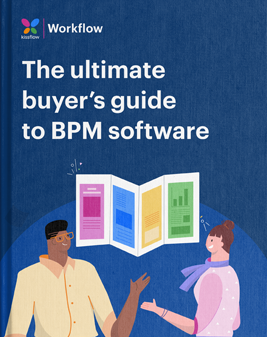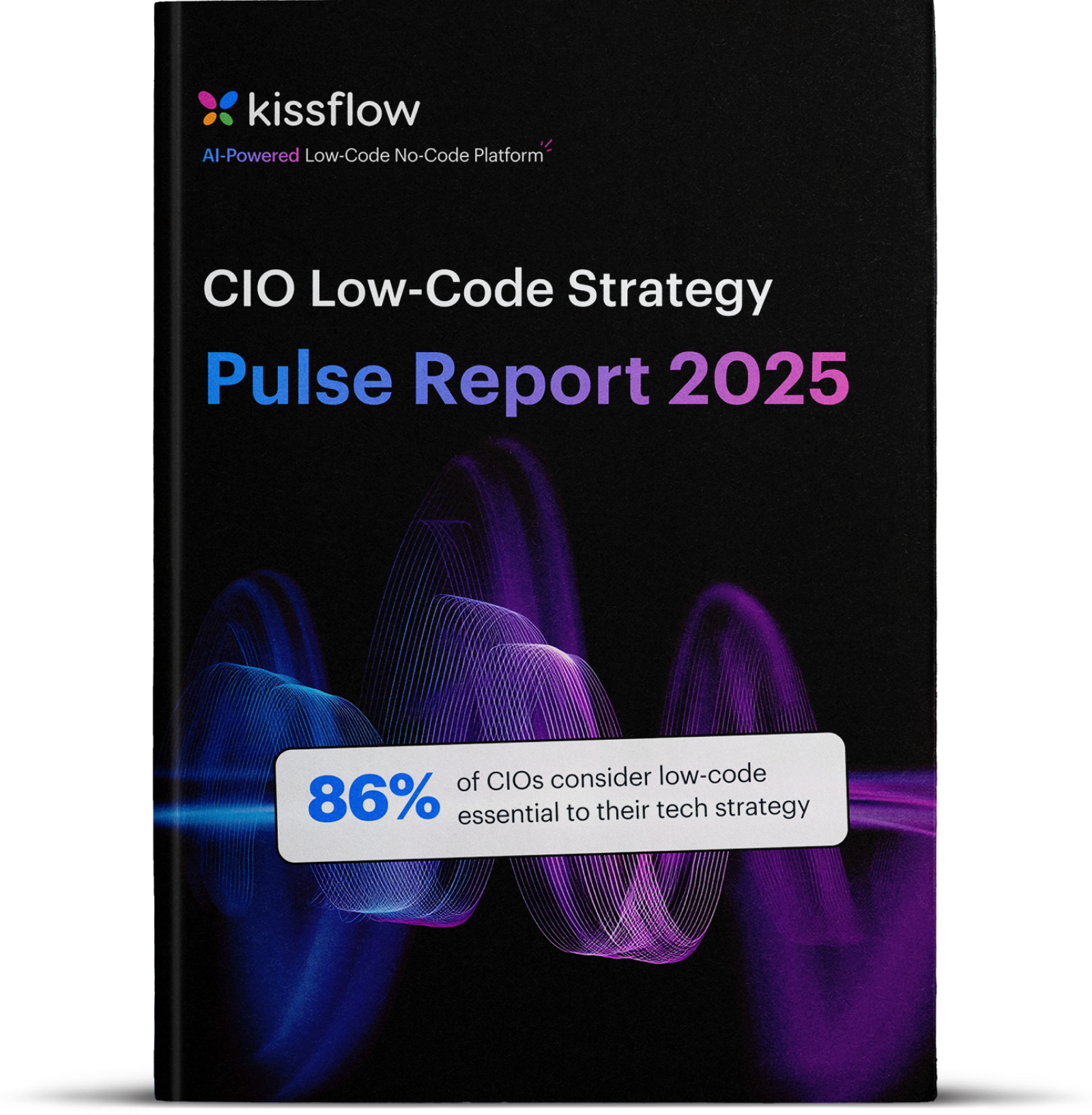Artificial intelligence is reshaping global industries and business processes at an unprecedented scale. It’s projected that 2026 spending on AI-centric systems will exceed the $300 billion mark. By 2028, the market is estimated to grow to $422.37 billion. This year alone, global spending on AI is expected to reach $154 billion, indicating a 26.9 percent increase compared to 2022.
According to a PwC study, AI can potentially contribute $15.7 trillion to the global economy by 2030.
AI has come a long way since the 1950s when Alan Turing introduced the idea of using information and reason to solve problems and make decisions. Around the same time, John McCarthy, a pioneer in AI research who coined the term ‘artificial intelligence,’ created LISP in 1958 to facilitate AI research. Over the years, AI has achieved several significant milestones, including IBM’s Deep Blue and Watson. While Deep Blue beat world chess champion Gary Kasparov in 1997, Watson was a Question-Answering (QA) computer system that won in the TV show Jeopardy!
Since then, AI has become more accessible. It can automate repetitive tasks, optimize processes and workflows, and provide data-driven insights, all while minimizing the risk of human errors.
Current trends in AI
Let’s take a closer look at how AI is transforming different industries:
Healthcare
AI in healthcare is being applied increasingly due to better machine learning (ML) algorithms and more accessible data and hardware. According to a McKinsey report, it already has a broad use case in the industry. AI tools can improve healthcare operations, like optimizing schedules and detecting specific cancers early.
AI can also boost the efficiency of different processes in the industry. For instance, AI can automate repetitive tasks to facilitate a more efficient administrative workflow. It’s also expected to pave the way for innovations like virtual nursing assistants and less invasive surgeries. Healthcare organizations can implement AI to provide better patient experiences and increase the efficiency of diagnoses.
Automotive
By 2035, autonomous driving is projected to create between $300 billion and $400 billion in revenue. Autonomous vehicles can use AI for accident prevention and in-car assistance. In the future, more automotive manufacturers will likely embrace generative AI to bolster ‘softwarization’ efforts.
Cybersecurity
AI is playing a crucial role in advancing cybersecurity. Many modern cybersecurity systems and tools use AI and machine learning to detect and combat sophisticated attacks. It’s also used for phishing detection and managing risks like fraud. AI enables organizations to anticipate and act on attacks faster, helping them take more proactive cybersecurity measures.
Natural Language Processing (NLP)
NLP is a branch of AI focused on how computers and human language interact. Industries like healthcare and retail use NLP, enabling computers to understand and interpret human language to produce useful results. Applications of AI in NLP include chatbots and voice assistants that can facilitate language understanding, text classification, and information retrieval.
As its capabilities expand, NLP is expected to become more sophisticated, enabling a more effective and accurate understanding of user needs.
AI and future business processes
AI is capable of transforming businesses, helping them become more agile. 53 percent of businesses use AI to improve their production processes, while 51 percent use it for process automation. Companies also use AI for data aggregation (40 percent) and minimizing safety risks (38 percent). Furthermore, the use of an AI business plan generator is becoming increasingly popular for creating efficient and effective business strategies.
In the 1990s, business process reengineering became a trend, and it’s now making a huge comeback thanks to AI. Technologies powering business processes in the 90s were transactional and communication-based. But AI is different. It enables organizations to make accurate automated decisions at a fast pace. Many enterprises are training AI on large datasets to make better operational decisions.
94 percent of business leaders say that AI is critical to success. It’s a key driver for cost reduction, business process automation, and new market penetration. The technology enables businesses to tackle simple and complex tasks, helping them unlock benefits like predictive analysis, enhancements in customer experiences, and improved decision-making.
Role of AI in business process management (BPM)
- Artificial intelligence has several applications in BPM, including:
Analyze and improve existing business processes for process mining, discovery, and simulation. - Automate certain processes while reducing errors and the need for human intervention, leading to better allocation of resources.
- Perform predictive analysis to identify trends based on historical data and respond more quickly to market disruptions.
- Make informed decisions faster and provide optimal suggestions.
Case study of leveraging AI for BPM
RENU Contracting and Restoration, a US-based company, faced significant challenges with business process management, including unreliable manual and complex processes.
By adopting Kissflow’s AI-powered low-code platform, RENU could build optimized workflows and automate operations like maintenance requests and claims processing.
RENU achieved enhanced productivity, increased accountability, minimized development time, improved process tracking, and optimized process creation resources.
Steps to integrate AI into business processes
Implementing AI entails knowing how it can affect your business and what outcomes you can achieve. You must also determine your business needs, the main issues AI can solve, and your objectives for deploying it.
Consider all potential applications of AI and what measurable returns (value drivers) it can bring. Then, assess your organization’s capabilities. Will you build a solution from scratch or purchase a ready-made platform? Will you train your employees or outsource the manpower required for the design, development, and deployment?
Next, collect accurate, clear, and relevant data that you can use to train AI. Because AI is scalable, it’s best to continuously train it using more data. Custom machine learning development can further enhance these capabilities by creating solutions specifically designed to meet the unique needs of your organization.
It’s best to begin with a small sample dataset during initial deployment. This way, you can see how your solution performs and decide if you want to expand its application within your organization.
Future of AI in business processes
AI is becoming more ubiquitous and empowering businesses to adapt to disruptions quickly. As the technology evolves, future AI trends in business processes can include:
Hyper-automation
Hyper-automation involves using multiple technologies, such as AI and machine learning, to automate business processes. Adaptive and modern BPM platforms ensure all these technologies and processes work together seamlessly. Organizations can start by identifying processes that are to be automated and which automation technologies suit these processes the best.
Low-code/no-code platforms
LCNC platforms can make technologies like AI more accessible to small and midsize businesses. Organizations can incorporate AI into their workflows through LCNC platforms to digitize and automate internal processes and scale ai digital transformation initiatives.
Digital Process Automation (DPA)
Using technologies like AI and ML to digitize processes can improve business ROI. Organizations can use DPA to build intelligent and agile processes for automation
Intelligent Process Automation (IPA)
IPA helps business processes become more intelligent and adaptive. For organizations, this means effectively and constantly managing and improving business processes through technologies like AI and ML.
Sustainable automation
Companies can use AI to create more sustainable processes. AI can analyze how companies use their resources, allowing them to build a strategy that aligns with their sustainability efforts. Furthermore, AI can help create more flexible solutions that adapt to changing business needs.
Benefits of AI for businesses
AI enables businesses to become more flexible and agile. By automating repetitive tasks, making smarter decisions faster, and optimizing processes and workflows, AI can boost efficiency, reduce operational costs, and uncover new opportunities for innovation.
CTA: Jumpstart your AI journey and discover how Kissflow can help you automate business processes.
Leveraging Kissflow for BPM
Kissflow is a low-code platform that empowers organizations to tackle manual and complex processes, allowing you to build and automate workflows with little to no coding. Its user-friendly interface lets you quickly create and manage workflows, build customized forms, and identify operational bottlenecks. Use it to transform your processes and measure their effectiveness.
Learn how you can use Kissflow to tap into the power of AI and build tailored solutions for your needs.

#Free eBook
The Ultimate Buyers guide to BPM Software
Thank you for Showing Interest
Our Team will contact you soon









